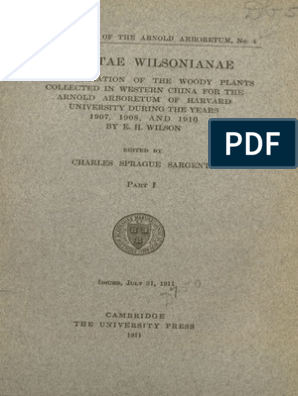0% found this document useful (0 votes)
164 views23 pagesFlow of Energy and Matter in Ecosystem
Photosynthesis takes place in the chloroplasts of plant leaves. During photosynthesis, chloroplasts use energy from sunlight to convert carbon dioxide and water into glucose and oxygen. The process has two phases - the light reaction phase uses light energy to produce ATP and NADPH, while the Calvin cycle uses these products to fix carbon from carbon dioxide into glucose without requiring light. Photosynthesis is essential as it produces organic molecules from inorganic materials and provides a source of food and oxygen for all living things.
Uploaded by
Jazille LardizabalCopyright
© © All Rights Reserved
We take content rights seriously. If you suspect this is your content, claim it here.
Available Formats
Download as PPTX, PDF, TXT or read online on Scribd
0% found this document useful (0 votes)
164 views23 pagesFlow of Energy and Matter in Ecosystem
Photosynthesis takes place in the chloroplasts of plant leaves. During photosynthesis, chloroplasts use energy from sunlight to convert carbon dioxide and water into glucose and oxygen. The process has two phases - the light reaction phase uses light energy to produce ATP and NADPH, while the Calvin cycle uses these products to fix carbon from carbon dioxide into glucose without requiring light. Photosynthesis is essential as it produces organic molecules from inorganic materials and provides a source of food and oxygen for all living things.
Uploaded by
Jazille LardizabalCopyright
© © All Rights Reserved
We take content rights seriously. If you suspect this is your content, claim it here.
Available Formats
Download as PPTX, PDF, TXT or read online on Scribd
/ 23
































































































